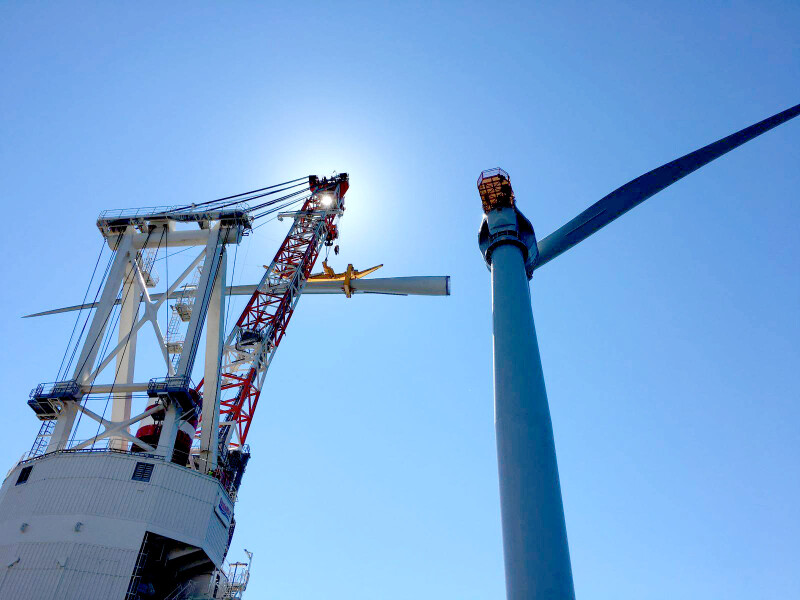At the end of August, Danish offshore wind developer Ørsted announced a $2.3 billion impairment of its U.S. portfolio. Management cited “adverse impacts relating to the supply chain, lack of favorable progress in Investment Tax Credit (ITC) guidance, and increased interest rates” as the drivers of the impairment.
The revelation came as management performed its latest pre-FID (Final Investment Decision) assessments of three projects – Ocean Wind 2, Sunrise Wind, and Revolution Wind. It seems that new problems with the nascent U.S. offshore wind industry are surfacing everyday.
Who is to blame for these problems? Answering that question is key to understanding the trajectory of the offshore wind industry. Ørsted’s announcement is especially interesting given it had impaired Sunrise Wind last year. Management wants you to believe the problems are beyond its control. In some cases that is true. However, we wonder whether management could have made better business decisions that would have minimized or eliminated others.
In their investor call to explain the impairment, management stressed they were working to resolve the issues. But can they? Ørsted does not control U.S. interest rates. They use a long-term government bond interest rate in their net present value calculations. Under international accounting standards, every asset on a public company’s balance sheet is subject to having its value reassessed every quarter given the current level of interest rates. U.S. interest rates are 50 basis points higher today than at the end of the second quarter, thus the present value of assets (projects) is lower resulting in impairment. This test is performed every quarter, so when interest rates decline, asset values rise, and impairments will be reversed.
Supply chain issues are a bigger problem. Supplier issues revolve around productivity, material supplies and costs. While tighter contracts over the pricing and delivery time of components can help, when suppliers have serious problems, Ørsted’s projects will be impacted, inflating their costs. Project start-up delays can have a major profitability impact.
Addressing the Investment Tax Credit (ITC) issue is more complicated. It highlights offshore wind’s dependency on government money for profitability. When you don’t get that money, project economics fall apart. Ørsted demonstrated the importance of this financial resource when it secured agreements from Maryland and New Jersey to ship to the developer their share of the tax credits from the Inflation Reduction Act destined for their residents’ pocketbooks. Now the 10% tax credit bonus to reward developers for using domestic content and projects benefiting energy communities – coal mines and plants – is in the spotlight. The money would help project profitability. However, the credits are largely unattainable because there is no domestic content available. That’s because the U.S. offshore wind industry is just emerging. The solution, Ørsted CEO Mads Nipper said in an interview, is for “a grace period, say, so give us three to five years.” In other words, don’t penalize industry pioneers. However, that bonus was not available when Ørsted bought their offshore leases and planned their projects.
The president’s policy advisors failed to understand that their 30-gigawatt offshore wind goal for 2030 would clash with the IRA provision for bonus tax credits for domestic content when none existed. Once more we see government policymakers’ ignorance of an industry’s reality causing problems. This isn’t the first time, nor will it be the last time that government policymakers screw up.




